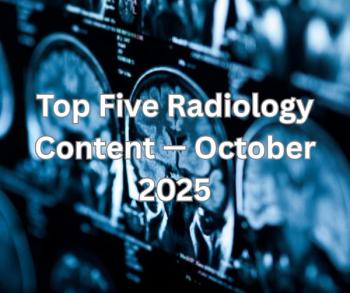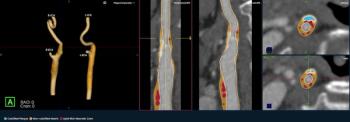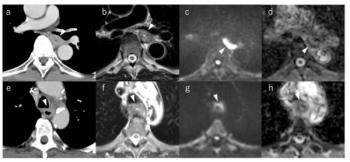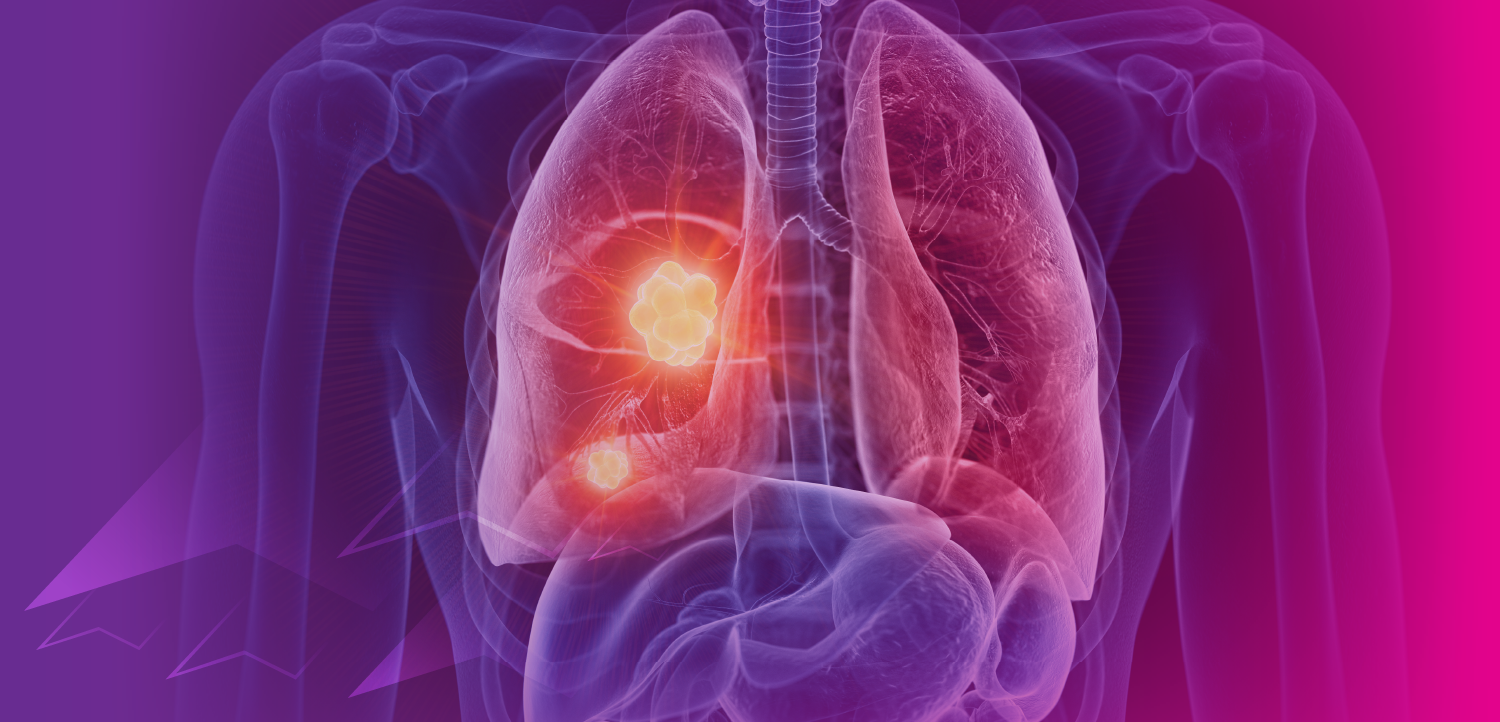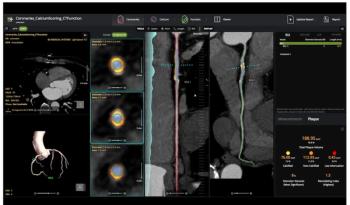
Brain Images Reveal Possible COVID-19-Related “Cytokine Storm”
Case of acute necrotizing encephalopathy could be first of many.
So far, healthcare providers have been largely concerned with COVID-19-associated pneumonia and the accompanying symptoms, such as fever, shortness of breath, and cough. But, new CT and MRI images show that the virus can also have neurological impacts, causing an “intracranial cytokine storm.”
Images published on March 31 in
“This is the first reported case of COVID-19-associated necrotizing hemorrhagic encephalopathy,” wrote study team leader Neo Poyiadji, M.D., a radiologist with Henry Ford. “As the number of patients with COVID-19 increases worldwide, clinicians and radiologists should be watching for this presentation among patients presenting with COVID-19 and altered mental status.”
In accordance with CDC recommendations, the patient was diagnosed with a nasopharyngeal swab and the real-time reverse transcriptase-polymerase chain reaction (RT-PCR) assay. Additional tests of cerebrospinal fluid showed no bacterial growth, and all tests for herpes simplex virus 1 and 2, varicella zoster virus, and West Nile virus were negative.
Non-contrast head CTs revealed symmetric hypoattenuation within the bilateral medial thalami with a normal CT angiogram and CT venogram. Brain MRI images showed hemorrhagic rim enhancing lesions with the bilateral thalami, medial temporal lobes, and subinsular regions.
The patient received intravenous immunoglobulin. Providers avoided administering high-dose steroids due to a concern over respiratory compromise.
Cytokine storm syndrome occurs when immune cells overproduce to fight off infection, potentially damaging organ or leading to death. ANE has been associated with cytokine storms, and the over-production of immune cells leads to a breakdown in the blood-brain barrier, but without direct viral invasion of parainfectious demyelination.
As more patients are diagnosed with COVID-19, the researchers wrote, it’s likely that more will also be diagnosed with ANE.
“Accumulating evidence suggest that a subgroup of patients with severe COVID-19 might have a cytokine storm syndrome,” they wrote. “The most characteristic imaging feature includes symmetric, multi-focal lesions with invariable thalamic involvement. Other commonly involved locations include the brain stem, cerebral white matter, and cerebellum.”
Newsletter
Stay at the forefront of radiology with the Diagnostic Imaging newsletter, delivering the latest news, clinical insights, and imaging advancements for today’s radiologists.

